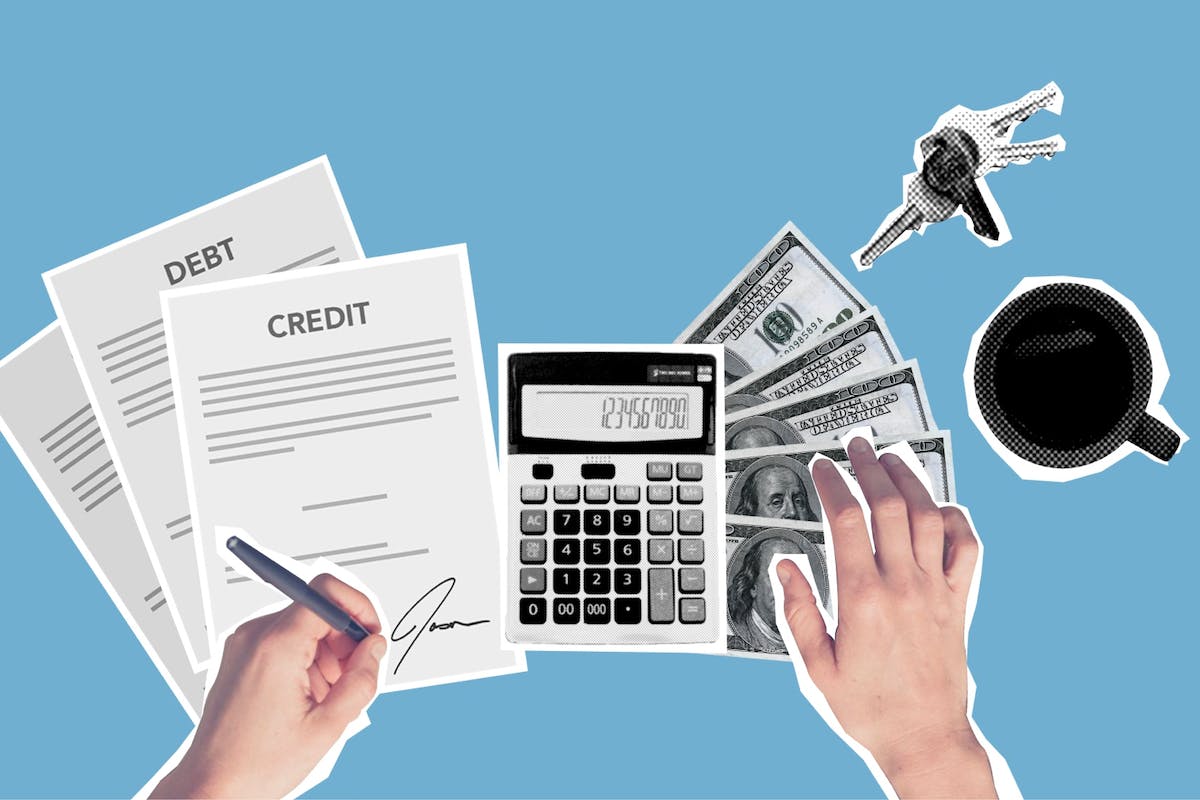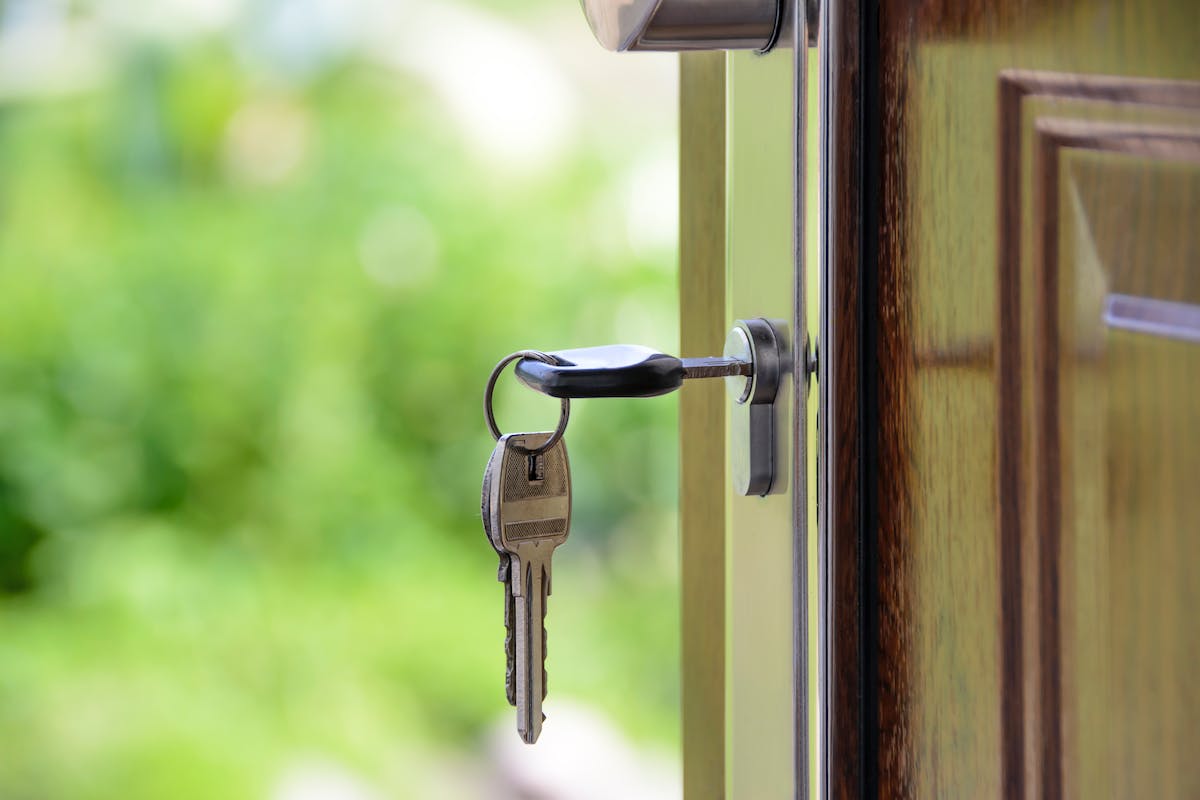- The main steps of house flipping include buying, renovating, and selling property
- ROI can be calculated by dividing the net profit by the total investment and then multiplying it by 100
- Gathering investment data includes house price, renovation costs, and projected sale price
- Investment strategies and risk management are crucial for house-flipping success
In today’s dynamic world of real estate, one investment strategy consistently stands out for its potential for high returns. Yes, we are talking about house flipping. The business involves buying houses, renovating them, and selling them shortly after, with profit as an end goal.
House flipping has attracted much attention and gained immense popularity over the years. Numerous TV shows feature successful investors with glamorous lifestyles describing their success stories, making the process look fast, fun, and profitable.
The primary critical factor determining any house-flipping venture’s success is the Return on Investment (ROI). This comprehensive guide includes the basics of house flipping and explains how to calculate ROI in real estate. We’ll equip you with the necessary information to maximize your profits.
The Basics of House Flipping
House flipping refers to purchasing a house, renovating it to increase its value, and then selling it for a higher price. It might seem straightforward initially, but it requires a lot of knowledge and careful planning to succeed. The typical steps of house flipping include:
- Buying: Finding a house at a price that allows low financial risk and large return potential.
- Renovating: Identifying the repairs and upgrades that need to be done to strategically improve the property’s value and figure out the ideal costs.
- Selling: Marketing and selling the house for a higher price as soon as possible.
ROI Significance
ROI is the investors’ guide toward profitable house-flipping decisions. It tells you whether your investment will pay off and helps you determine if a particular flip is worth pursuing.
There are a lot of successful stories circulating in the industry. A positive example is a Real Estate Investment Company in Tennessee. The business is run by a team of veterans who make $80K per month. Their network covers all 50 states in the US, as well as other countries.
Understanding Real Estate ROI
ROI is a metric that you can use to evaluate the profitability of your investment. If you’d like to understand how to calculate rate of return, the best way to do it is to use a real estate ROI calculator. Otherwise, you can divide the net profit by the total investment and then multiply it by 100 using the following formula:
ROI = Net Profit / Total Investment * 100
In this formula, net profit represents the income you make from the flip after deducting all expenses, while the total investment involves the purchase price and renovation costs. The result should be expressed as a percentage. The higher the percentage result, the more profitable the house flipping.
Importance of ROI Calculation
The ROI calculation is a crucial tool for business decision-making. It helps you understand how well your business performs and which areas should be improved. Miscalculated ROI can severely impact the house flipping outcome. Here is an example to illustrate this.
An investor estimated the renovation costs to be around $30K, which sat well with their initial budget. However, they encountered unforeseen issues like plumbing and electrical problems, so the costs rapidly increased to $45K. When they finally put the renovated house on the market, they realized that their price was significantly higher than others in the area, leading to hesitancy in buyers and less profit in the end.
Steps to Calculate ROI for House Flipping
To calculate real estate investment return in house flipping, you’ll need to gather data and calculate and determine costs. Below are some specific steps you need to follow.
Gathering Investment Data
Gathering investment data is essential for accurate ROI calculation, so be sure you have the following data:
- House price
- Renovation costs
- Projected sale price
Calculating Net Profit
You can calculate the profit by subtracting the project expenses from the project revenues. The expenses include:
- House price
- Renovation costs
- Buying and selling costs
- Financing and holding costs
Let’s follow the example of a real estate investor who predicted a house price of $150K and renovation costs of $50K. After a successful renovation, they sold the house for $230K. The investor had closing costs of $10K and costs for other bills of $5K. If we divide the total revenue of $230K by the total expenses of $215K, we will get the investor’s net profit of $15K.

Determining Investment Costs
House flipping involves several investment costs that can impact your ROI, such as:
- Purchase price
- Renovation
- Holding and closing costs
- Taxes
- Insurance
- Unforeseen repairs
Determining these expenses requires careful planning, budgeting, and project management. Always have a detailed budget and plan, including unforeseen costs.
Plugging Numbers into the ROI Formula
Calculating ROI for your house flip is a simple process that can be done on paper or in Excel. First, determine your net profit by subtracting all costs from your final selling price. Then, divide this profit by your total investment cost. Multiply the result by 100 to get your ROI percentage.
For instance, if your net profit is $50K and your investment cost is $200K, your ROI would be (50,000 / 200,000) x 100 = 25%.
Factors Affecting ROI in House Flipping
Meticulous planning beforehand will save you money, time, and headaches. Taking into consideration the factors that affect ROI can be essential for your success.

Location and Market Trends
Location and market trends are pivotal factors that can significantly impact ROI, determining a large portion of the costs. The current trends mainly revolve around the “housing recession,” with the latest Case-Shiller US National Home Price NSA Index reporting continuous increases in house prices.
Renovation Quality and Costs
The quality of renovations and your ability to stick to the budget can make or break a flip. Some house improvements, including kitchen and bathroom remodeling, energy-efficient enhancements, etc., have been proven to bring more value than others.
Look at the 2023 Cost vs. Value Report by Remodeling, an authoritative industry trade journal, for more insights and specific data.
Timing and Holding Costs
Timing refers to how long it takes to complete the renovation and sell the property. Holding costs are the expenses for that period, such as mortgage payments, property taxes, utilities, and insurance. The longer you hold property, the more these costs add up, affecting your potential profits and impacting the ROI.
Ultimately, you should opt for holding costs that equate to 10% – 15% of the project cost. To better understand the role of timing and holding costs, look into real-life industry examples showcased with numbers.
Maximizing ROI in House Flipping
Identifying the right properties, optimizing renovations, and making well-timed sales are strategic decisions that can significantly impact your overall ROI. Therefore, going with the right strategy and choosing the most optimal way to manage the risks is essential for your investment success.
Investment Strategies
The financial opportunities are notable for investors who can implement a smart house-flipping strategy at the right time and place. The most important steps to take are the following:
- Doing house market research
- Attending networking events
- Choosing the right property
- Following the 70% rule
- Building your team
- Developing a timeline and financial plan
- Selling the property at the right time.
Risk Management
House flipping comes with risks, but smart investors know how to manage them. You should be aware and prepared for any bad scenarios that you might face in the process:
- Unexpected renovation issues
- Economic and market factors
- Demographic shifts
- Problems with contractors
- Longer selling process
If you are new to the house-flipping business, learn from real-life examples and get inspired by successful risk management ventures.

Real-Life House Flipping Case Study
The house flipping project for the client Richard O.- RFG Pro shows the inspiring transformation of a property in bad condition into a profitable venture. Richard’s strategic decisions and meticulous approach to rehabilitating the property brought him substantial returns.
ROI Analysis
Richard acquired the property for $61K and invested $44,5K in renovating. This initial investment amounted to $105,500. The property’s appraisal value significantly increased from $65K to an impressive $176K.
It was successfully sold for $175K, resulting in a net profit of $30K. This is a commendable achievement, considering the initial investment and rehabilitation expenses.
Employed Strategies
Richard’s decision to finish the attic and convert it into an additional bedroom and full bath contributed significantly to the property’s increased appraisal value. This strategic move added both functionality and value to the house.
He wisely chose not to invest in finishing the basement due to its limited potential. Instead, he focused on relocating the laundry to the first floor, improving the property’s overall appeal without unnecessary expenses.
Despite the challenges and initial investments, Richard’s diligent efforts translated into a remarkable net profit of $30K. This emphasizes the potential for substantial returns in the house-flipping business when executed strategically.
Recent Trends in House Flipping
Staying on top of the latest trends is essential to stay ahead in house flipping. Let’s take a quick look at a few recent house-flipping trends:
- Emphasis on sustainability
- Energy-efficient enhancements
- Focus on outdoor spaces
- Gray design aesthetics
- Increased competition
Conclusion
House flipping is a popular real estate business that relies heavily on ROI. We explored the house-flipping fundamentals and learned about the importance of ROI and how to calculate ROI in real estate.
To have a fruitful start and to stay on top of the game, ensure you are constantly following the market trends and learning more about strategizing, and risk management. Get inspired by the presented success stories and analyze the approaches you should implement or avoid during your house-flipping venture.
Additional Resources
We offer some additional resources that you can use to learn and jumpstart your house-flipping journey:
Books
- The Book on Flipping Houses: How to Buy, Rehab, and Resell Residential Properties
- The Book on Estimating Rehab Costs: The Investor’s Guide to Defining Your Renovation Plan, Building Your Budget, and Knowing Exactly How Much It All Costs
- Flipping Houses For Dummies
- The Flipping Blueprint: The Complete Plan for Flipping Houses and Creating Your Real Estate-Investing Business (1) (The Real Estate Investors Blueprint)
Case Studies
- https://rehabfinancial.com/case-studies
- https://www.gobankingrates.com/investing/real-estate/real-life-house-flipping-success-stories-and-how-to-do-it-yourself/
- https://www.starterstory.com/ideas/property-flipping-business/success-stories?successful_subscribe=true
Statistics
- https://www.fool.com/research/house-flipping-statistics/
- https://www.attomdata.com/news/market-trends/flipping/attom-q1-2022-u-s-home-flipping-report/
- https://www.spglobal.com/spdji/en/documents/indexnews/announcements/20230829-1465822/1465822_cshomeprice-release-0829.pdf
- https://www.remodeling.hw.net/cost-vs-value/2023/
Useful Articles
- https://investfourmore.com/house-flipping-101/
- https://investfourmore.com/flips/
- https://www.creditfinanceplus.com/calculators/house-flipping-net-profit-intro.php
- https://www.bankrate.com/real-estate/is-the-housing-market-about-to-crash/
- https://www.bankrate.com/homeownership/home-renovations-that-return-the-most-at-resale/
- https://www.bankrate.com/homeownership/home-improvements-add-the-most-value




